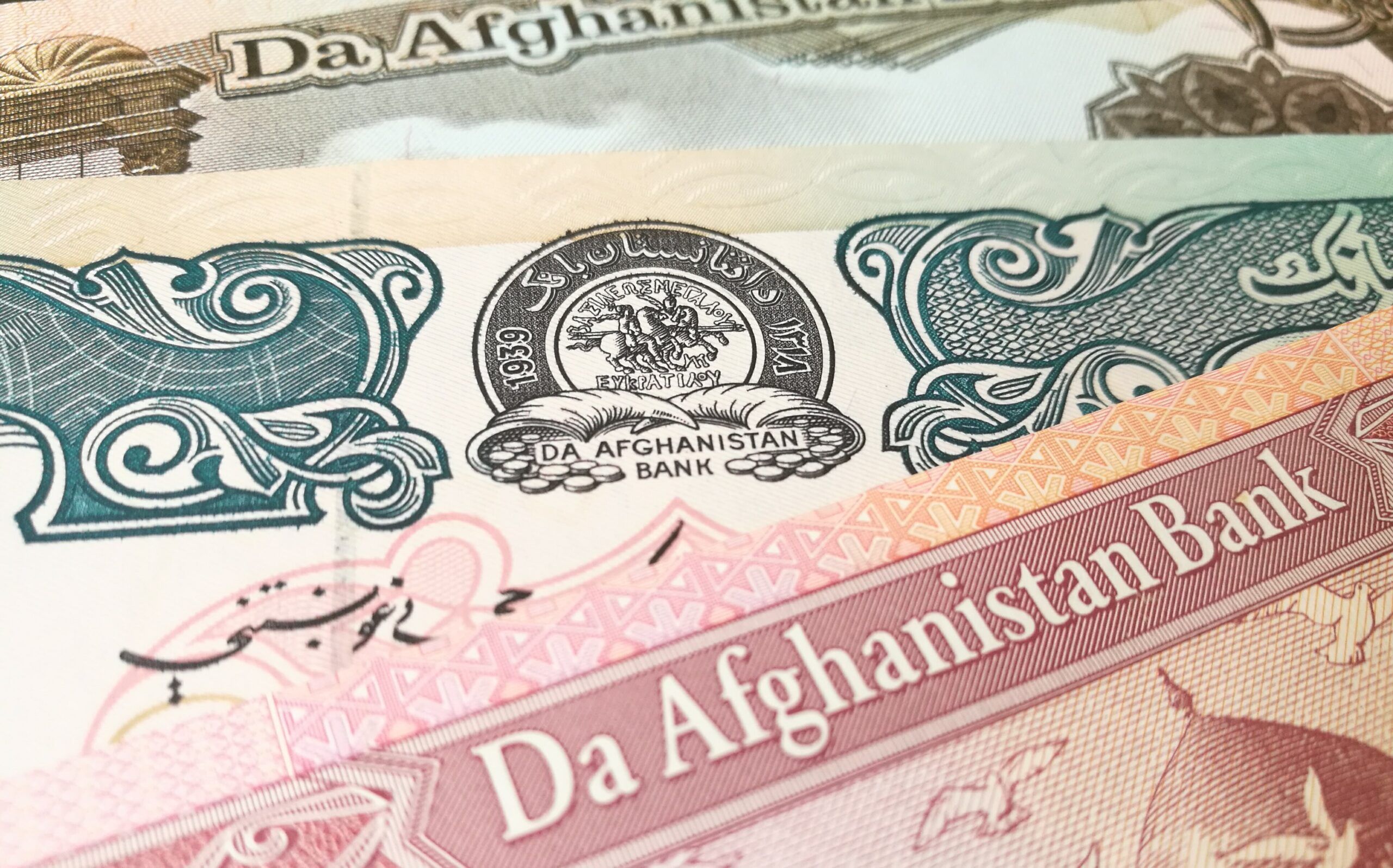
Array
(
[thumbnail] => https://s42831.pcdn.co/wp-content/uploads/2022/12/adobestock_132343823_reduced-150x150.jpeg.optimal.jpeg
[thumbnail-width] => 150
[thumbnail-height] => 150
[medium] => https://s42831.pcdn.co/wp-content/uploads/2022/12/adobestock_132343823_reduced-300x187.jpeg.optimal.jpeg
[medium-width] => 300
[medium-height] => 187
[medium_large] => https://s42831.pcdn.co/wp-content/uploads/2022/12/adobestock_132343823_reduced-768x479.jpeg.optimal.jpeg
[medium_large-width] => 768
[medium_large-height] => 479
[large] => https://s42831.pcdn.co/wp-content/uploads/2022/12/adobestock_132343823_reduced-1024x638.jpeg.optimal.jpeg
[large-width] => 1024
[large-height] => 638
[1536x1536] => https://s42831.pcdn.co/wp-content/uploads/2022/12/adobestock_132343823_reduced-1536x957.jpeg.optimal.jpeg
[1536x1536-width] => 1536
[1536x1536-height] => 957
[2048x2048] => https://s42831.pcdn.co/wp-content/uploads/2022/12/adobestock_132343823_reduced-2048x1276.jpeg.optimal.jpeg
[2048x2048-width] => 2048
[2048x2048-height] => 1276
[gform-image-choice-sm] => https://s42831.pcdn.co/wp-content/uploads/2022/12/adobestock_132343823_reduced-scaled.jpeg.optimal.jpeg
[gform-image-choice-sm-width] => 300
[gform-image-choice-sm-height] => 187
[gform-image-choice-md] => https://s42831.pcdn.co/wp-content/uploads/2022/12/adobestock_132343823_reduced-scaled.jpeg.optimal.jpeg
[gform-image-choice-md-width] => 400
[gform-image-choice-md-height] => 249
[gform-image-choice-lg] => https://s42831.pcdn.co/wp-content/uploads/2022/12/adobestock_132343823_reduced-scaled.jpeg.optimal.jpeg
[gform-image-choice-lg-width] => 600
[gform-image-choice-lg-height] => 374
)
The New Afghan Fund and Engagement with the Taliban
After much back and forth, some of Afghanistan’s frozen reserve funds have been released—sort of. The much anticipated September 14 announcement by the US government of the formation of the USD 3.5 billion “Afghan Fund” that will operate independently of the Taliban was not what the Taliban wanted nor did it completely fulfill the macroeconomic purposes for which reserve funds are intended. But it was potentially a positive step towards bringing Afghanistan’s economy back to life.
The Taliban’s immediate rejection of the Fund as “unacceptable” and a “violation of international norms” was inevitable, given their need to avoid appearing to acquiesce to the demands of the US. For their part, some advocacy organizations cautiously welcomed the move, but noted that the reserves were still not being returned to their rightful owners, while others accused the Fund of supporting the Taliban. Others were more ambivalent, warning that without sufficient safeguards, the Fund could be a “bonanza” to the Taliban without helping the poor.
Not surprisingly, there were complaints about the lack of representativeness of the two male Afghan Board members. In the initial formation of a Board with only four members, the US appears to have prioritized the ability to make decisions quickly, although it is anticipated that an additional, more diverse advisory committee will be created. The presence of US government staff on the board raised the question of whether the Fund can operate without having to factor in the politics of Washington vis-à-vis Kabul (or Kandahar).
There also continues to be public confusion and misunderstanding over exactly what the Fund will do. In theory, the Fund is to be used for macroeconomic management (typically the responsibility of a central bank), but other than some specific examples (e.g., clearing arrears to international financial institutions, paying for electricity imports, printing of new currency notes), it was not clear precisely in what way the new facility will do this.
It is clear, however, what the Fund will not do: relax the severe liquidity constraints which have weakened the Afghan economy; solve the serious problem of a lack of a correspondent bank; return the nearly USD 1 billion in frozen assets of commercial bank depositors; and resolve the broader issues with the country’s banking system, which some fear could result in the failure of three-quarters of the banks in the next 3-6 months.
The Fund is seen as an interim solution until a deal can be made on returning the full reserves to Afghanistan’s central bank (Da Afghanistan Bank, DAB), which would in turn allow it to resume full functionality. A deal would require resolving the ongoing dispute between the US and the de facto authorities (DFA) on appointing an independent monitor (to which the Taliban are now said to have agreed), replacing controversial senior officials, and in general assuaging Western concerns about the lack of sufficient controls to keep any returned funds from going to terrorism, leaving the country, or otherwise being spent inappropriately. Negotiations on the Fund had also struggled, but ironically the Al Zawahiri strike may have helped by leading the Swiss to relax some of their previous demands for Taliban acquiescence to its terms.
The Taliban’s public relations case was not helped the following week when they enthusiastically welcomed Bashir Noorzai back to Kabul after more than 17 years imprisonment in the US on drug trafficking and terrorism charges. Although the DFA (which initially stated incorrectly that Noorzai had been imprisoned in Guantanamo) played his exchange for a long-held US hostage as heralding a new era in US-Taliban relations, that seems unlikely.
Engagement with the Taliban
All of this highlights the larger question of what “engagement” with the Taliban means. Some say that engaging in any way amounts to legitimizing a repressive, murderous regime, or that, at the least, engagement is inconsistent with putting pressure on them. Others argue that engaging is necessary to lessen the further risk of economic collapse, instability, and terrorism. For its part, the US State Department’s position is one of “pragmatic engagement.”
The horrific humanitarian situation in Afghanistan is undeniable. Within one year, the Afghan economy fell from barely limping along to what has been referred to as “famine equilibrium.” According to the United Nations, six million people are currently at risk of famine. A multi-year drought continues, as do earthquakes and floods, to which the DFA have limited capacity to respond. And with winter coming, the United Nations Office for the Coordination of Humanitarian Affairs warned of a USD 614 million urgent funding gap for shelter, warm clothes, and blankets, and the need for USD 154 million to pre-position food and livelihoods assistance in areas that will be cut off by winter weather. With the DFA controlling roads and other space, and thereby access to the population, at least a minimum level of engagement is needed to ensure that humanitarian assistance is not hampered or even shut down.
Realism About Who the Taliban Are
Despite the hopes and prayers for a kinder, gentler, and more moderate Taliban 2.0, there are now few illusions left about who the Taliban are: ethnic nationalists who believe in an authoritarian, ostensibly religiously sanctioned, rule under which women and minority ethnic groups are confined to a restricted, tightly defined space largely out of the public realm. The Taliban are not foreseeably going to form an inclusive government, allow all girls and women to return to school and public life, stop persecution of other ethnic groups, halt repressive actions, or deny militant groups safe haven in Afghanistan—the actions that could prompt the US and the international community to release Afghanistan’s frozen reserves, further ease up on the banking system, and begin to provide development assistance to try to maintain some of the economic and social gains of the previous 20 years.
While the Taliban have rightly made much of their crackdown on administrative corruption, reports of forced redistribution of land to ethnic brethren in Takhar and in Dai Kundi suggest that paying bribes at road and customs checkposts is not the only form that corruption can take. Recent allegations of summary executions of captured National Resistance Front fighters and forced displacement of households in Panjshir and other northern provinces also suggest that, despite denials, their rule will be based on ethnic preferences and enforced by the barrel of a gun. And as their hold on the administrative apparatus grows, so does their level of repression and involvement in citizens’ private lives. All of this and more were catalogued in the first report of the UN’s Special Rapporteur on the situation of human rights in Afghanistan, which warned that “the human rights crisis matches Afghanistan’s humanitarian and financial crises.”
Going Beyond Humanitarian Assistance
Separate and aside from the new Afghan Fund, which attempts to address macroeconomic management, until now, the US, its allies, and the United Nations (UN) have distinguished between humanitarian assistance, which is intended to save lives and alleviate suffering through emergency provision of food, shelter, and other support, and development assistance, which promotes longer-term economic and social development. Since last August’s Taliban military takeover and the immediate cutoff of most Western aid, the former has been permitted, the latter not. The UN’s global Emergency Relief Coordinator recently went further, suggesting that “some development support needs to be restarted.” Moreover, analysts and officials have continually emphasized that humanitarian assistance alone is inadequate to the depth of the crisis, and that only a functioning economy can help. As one Afghan NGO director put it, “keeping the country on a drip is not enough.”
Perhaps even more than with humanitarian assistance, there are obvious fiduciary, reputational, and political risks to funding development assistance: misappropriation (also the case under the former Republic) through either corruption or diversion to Taliban-preferred beneficiaries, cooptation of aid, Taliban restrictions on aid for uses that they don’t approve of (e.g., girls’ education), violations of conditionality (e.g., respecting basic human rights)—and of course the moral hazard of supporting, however indirectly, a regime that rules by brute force. This dilemma is one of the reasons that Afghanistan has been called the “foreign-policy case study from hell.” The Taliban’s refusal to disclose any information on how their revenues are being spent makes it even more difficult for international officials to make the case for external aid.
For the Biden administration, the main risks of providing development assistance are domestic political blowback for “propping up Taliban rule” and the possibility that the Taliban might actually succeed in creating a level of stability for the country. The former is inevitable, with even humanitarian assistance attracting opportunistic political attacks. The latter is vanishingly unlikely, given the prevailing conditions and forces arrayed against them. The Taliban simply do too much to make themselves unpopular.
Avoiding the Taliban Authorities: Substance or Slogan?
The Afghan Fund seems to be an earnest effort at “helping the Afghan people without helping the Taliban”– an attractive construct, but one that has its limits politically and analytically. Some have called it a “slogan.” In this highly imperfect world, the first imperative should be to do our best to support the Afghan people, and view any benefits that might accrue to the current authorities as an undesired externality. This means going beyond the Fund and humanitarian assistance.
If feeding hungry people prevents civil unrest against the Taliban; if paying salaries of girls’ teachers frees up DFA’s resources to pay for other uses; and, if paying doctors and medical personnel does both—frees up money and keeps people from protesting over lack of healthcare services—then so be it. It is more acceptable that aid to suffering people produces the externality of benefits to the Taliban, than that limiting aid to the Taliban produces the externality of increasing the suffering of people.
Consequences of Action and Inaction
Will whatever assistance the West provides make the difference between Taliban success and failure? Not likely. The Taliban’s existential threats come from inter-factional conflict that could lead to splintering of the movement—not from the deprivation of the Afghan people. Will withholding assistance topple the regime, with or without immense humanitarian costs? No. The Taliban have other revenue sources and seem willing to tolerate a high level of human suffering. Will it influence them to cut ties with jihadi groups? Again, no. The Taliban are too dependent on the webs of relationships established over the last 30 years. Will delivering greater assistance feel like the moral thing to do? For most people, yes, especially given the close relationships developed with the Afghan people over the last 20 years. In fact, isolation could make the Taliban’s behavior worse.
Given all of that, it would be better for the Biden administration to state clearly that US principles (and its international reputation) require us to honor our commitments to the Afghan people. This includes further ramping up humanitarian assistance, which it has so far generously provided, to meet the winter funding gap as well as the overall UN Humanitarian Response Plan, which still has a “staggering” gap of USD 3.14 billion against its USD 4.44 billion request. Feeding and sheltering vulnerable people is the right thing to do and is also relatively safe politically. However, it should also go beyond humanitarian assistance to provide development assistance and support for economic and social programming. The US should also proactively use the new Fund to help leverage identifying a correspondent bank—one of the most important steps to restoring a minimally functioning economy.
The imperative to get aid to ordinary Afghans should not be unduly impeded by our understandable desire to punish or influence the Taliban, especially given the increasing evidence that they are incapable of being moved. There is still lack of agreement on whether the Taliban need international funds and recognition badly enough to compromise in any meaningful way. Our oft-repeated promises to not again abandon the Afghan people should not be nullified by the Taliban takeover. After all, it wasn’t the Afghan people who negotiated the US-Taliban Doha agreement.
Aside from perpetuating a humanitarian and economic disaster, reticence to provide additional aid also risks ceding the ground to those who put forward the narrative that the US is intentionally promoting suffering. As long as the US can be portrayed as withholding assistance out of spite or malice, it will suffer on the world stage. Far better to publicly state the intention to fulfill those moral commitments while highlighting the intransigence of the Taliban. As in Ukraine, the administration can point to this as a mutual effort of the international community. While the Fund is intended to resolve some of the macroeconomic challenges crippling Afghanistan’s economy, even if it functions at or beyond expectations, it will not resolve the myriad other challenges.
One year on from the Taliban takeover, whether one believes that the US’s mistake was the original invasion, subsequent rudderless policies, scope creep, an unrealistic “surge” of military and civilian resources, the feckless 2020 “peace agreement” with the Taliban, or the final decision in April 2021 to go ahead with the withdrawal, let’s not compound these mistakes by failing to give the Afghan people the support they need to survive with some level of dignity and some hope for a better future.
More Resources
Stay Connected
Subscribe to our newsletter and receive regular updates on our latest events, analysis, and resources.
"*" indicates required fields


